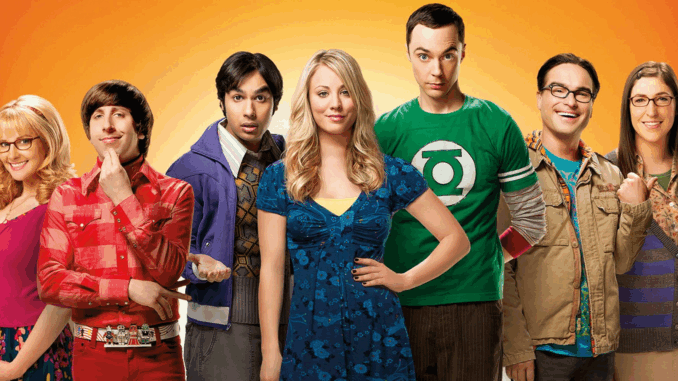
The Big Bang Theory became a cultural phenomenon in part due to its blend of intelligence, humor, and community. Beneath the laughs, several key elements contributed to the show’s success—grounded realism, unforgettable cameos, and thoughtful character design.
The Science Was Real
From the start, the series took scientific accuracy seriously. UCLA physicist David Saltzberg worked behind the scenes as script consultant, reviewing draft scripts for factual errors and writing real scientific formulas onto chalkboards used on set. He even initiated a “Geek of the Week” program, inviting real scientists for guest appearances. This attention to detail made the show authentic and gained respect from actual science communities.
A Scholarship That Gives Back
The show’s cast, crew, and producers stepped up with the creation of a scholarship fund for STEM students at UCLA. Over $4 million has been raised through the Chuck Lorre Family Foundation, contributions from the main cast, and support from CBS and Warner Bros. The endowment helps finance college tuition for talented science and engineering students, turning on-screen geek culture into off-screen opportunity.
Cameos That Stuck With Us
Few shows boasted a roster of guest stars like The Big Bang Theory. From Stephen Hawking and Bill Nye to Stan Lee and Mark Hamill, each appearance brought excitement and authenticity. These industry icons appeared as themselves and often interacted directly with cast favorites. George Takei and Katee Sackhoff joined Howard’s fantasy scenes, Bob Newhart became Sheldon’s mentor as Professor Proton, and James Earl Jones paired with Carrie Fisher for an unforgettable karaoke night—each cameo enriched the show’s nerd culture legacy.

Sheldon’s Quirks: Born of Comedy Timing
One of Sheldon Cooper’s quirkiest traits—knocking three times—originated not from deep psychology but comedic instinct. Writer-executive producer Lee Aronsohn revealed that it was crafted for timing and rhythm in front of a live audience. Sheldon originally knocked four times on paper, and the three-knock pattern aligned perfectly with his need for structure. Over time, writers layered in backstory explaining it as childhood trauma, turning a simple joke into a defining characteristic.
The Creative Mind Behind It All
Chuck Lorre and Bill Prady co-created the show, with additional writing support from experienced staff like Eric Kaplan. Lorre brought years of sitcom success to the table, while Kaplan contributed philosophical and comedic depth. The team designed characters who were unique yet relatable, pairing nerdy rituals with real emotional lives.
Lorre resisted early pressure to give Sheldon a more romantic storyline, opting to preserve his distinctive personality devoted entirely to science. It was only later that Amy Farrah Fowler was introduced—softening Sheldon’s isolation without compromising his character’s core identity.
Evolution of Penny’s Role
Though Penny began as a one-dimensional “girl next door,” Lorre and the writing team gradually revealed her intelligence and emotional intuition. Kaley Cuoco’s portrayal evolved Penny into the show’s moral compass and emotional mediator. Her role was integral in bridging the scientific world of Caltech with everyday life—and helping the male characters grow beyond their labs.
The legacy of The Big Bang Theory goes far beyond its sitcom formula. The show’s thoughtful approach to science, intentional use of guest celeb appearances, and dedication to character development built more than laughs—it constructed a universe that felt real, inclusive, and unforgettable.
